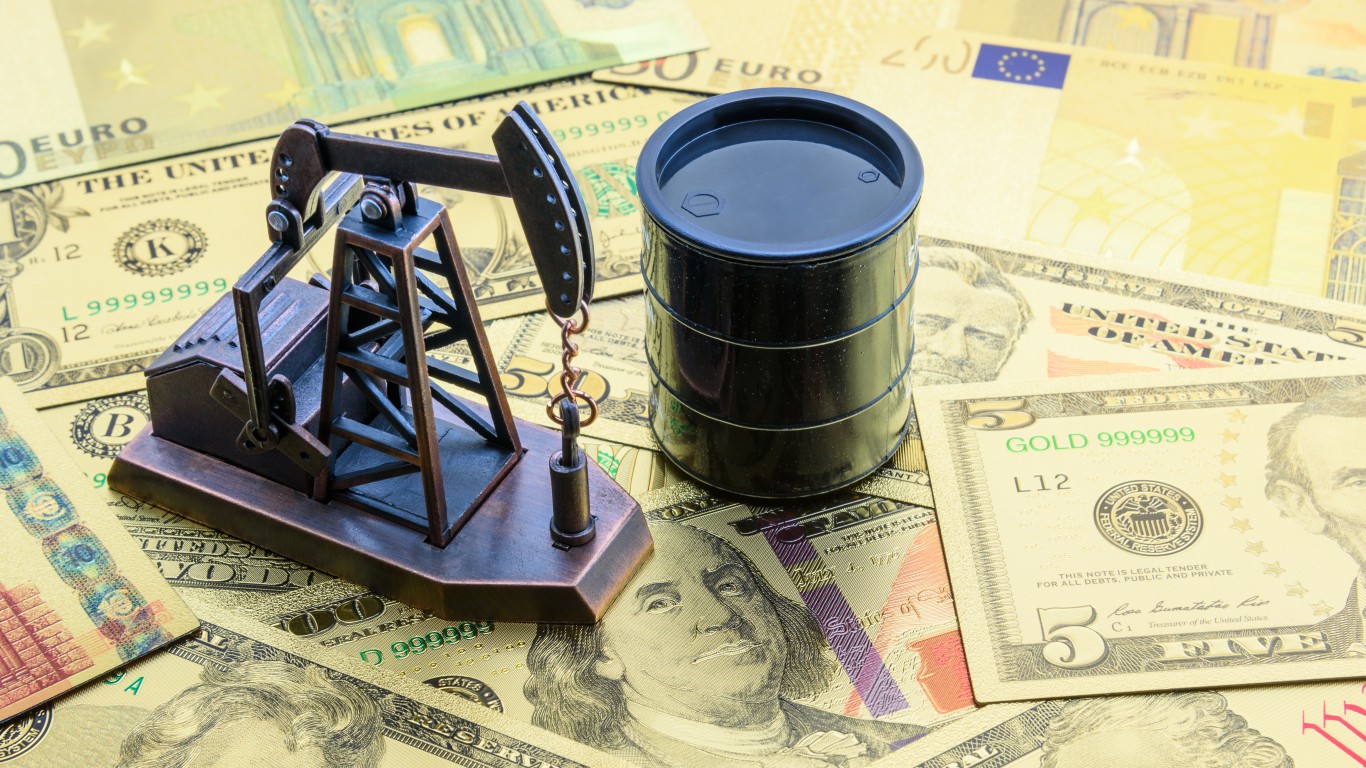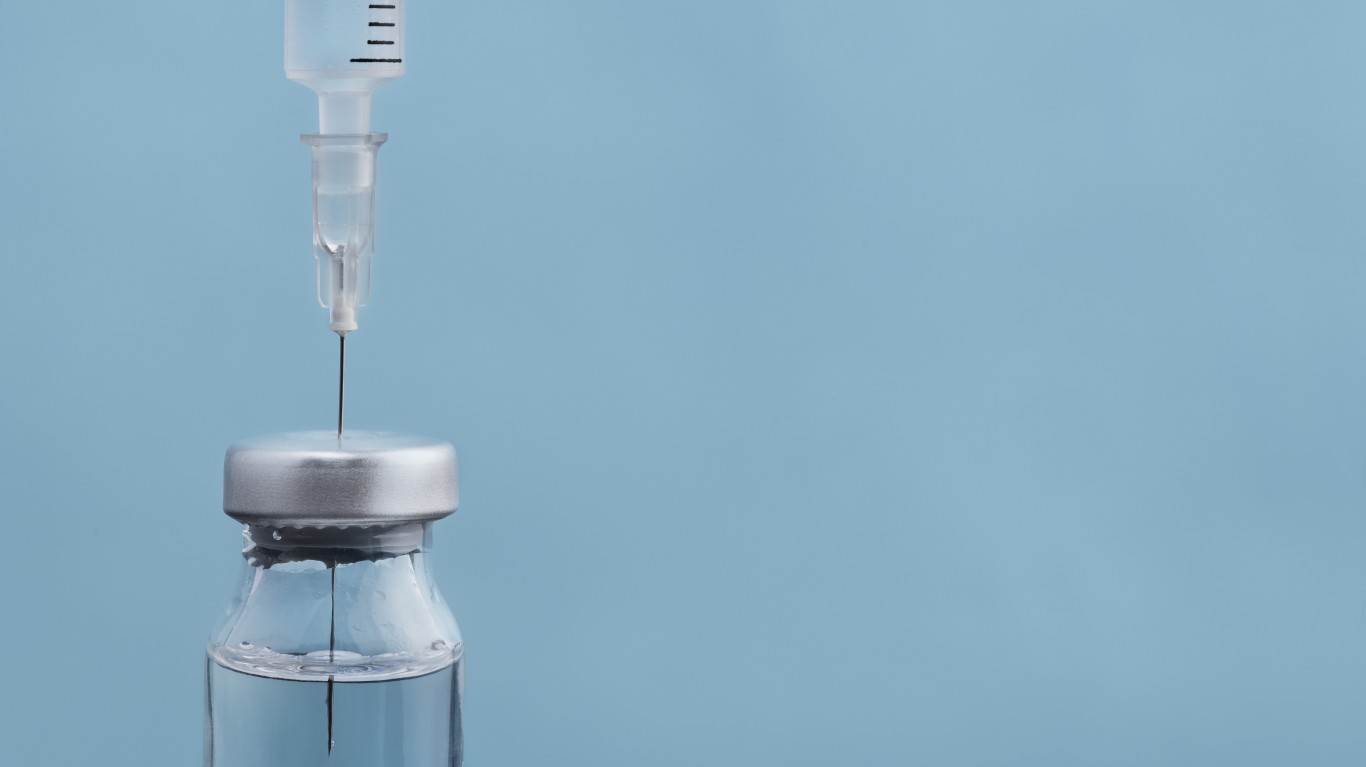 There has been a lot of buzz, and outright pain, around the launch of the Boeing 787 Dreamliner from Boeing Co. (NYSE: BA). Has it been three years of delays? The company has now delivered its first super-jumbo jet to All Nippon Airways and the jet is now officially “in business” for Wall Street. Here is the biggest question of them all… Exactly when is it that Boeing will be net-net profitable on the Dreamliner?
There has been a lot of buzz, and outright pain, around the launch of the Boeing 787 Dreamliner from Boeing Co. (NYSE: BA). Has it been three years of delays? The company has now delivered its first super-jumbo jet to All Nippon Airways and the jet is now officially “in business” for Wall Street. Here is the biggest question of them all… Exactly when is it that Boeing will be net-net profitable on the Dreamliner?
For starters, Boeing intends to soon put out about ten such super-jumbos each month when it reaches full capacity. With all of the electronics and avionics, massive engine installations, and the myriad of other chores, this is a timeline that frankly sounds too good to be true to a lay person. What the company has spent on R&D alone depends upon whom you speak with and we have no official tally from the company on what the entire 787 costs associated with he project are. Some actually say north of $20 billion all said and done.
In a CNBC interview by Phil LeBeau, CEO Jim McNerney said that the plane will actually be profitable from the first day. In short, the input costs per plane are not generating a loss on each plane. What McNerney also said is that it would be “a few years” before Boeing has recouped its billions spent on getting this plane to the sales and delivery point.
With over 800 planes in the order cue counted as Backlog, Boeing now has a nearly certain stream of revenues.
BusinessWeek called the breakeven point as the year 2021.
The Daily Mail in the U.K. has a figure noting that the delays put the total cost closer to $32 billion for Boeing.
A figure from March noted that Boeing needs to sell a whopping 1,500 Dreamliner units before reaching breakeven, although we would note that this is an independent figure and seems more like a guess than hard fact.
The long and short of it is that no official number exists on when the 787 Dreamliner’s breakeven date is. We could say 2018, $19.7 billion later, as a theoretical number. That is straight line “guestimating” and a lot depends upon the economy. How many airlines will have merged by the ear 2016 or the years 2020? Will the United States and the rest of the globe have entered into one recession by 2020 or will it be two recessions? How many carriers will have delayed plane orders by then, or added to their orders?
Our base-case guess is admittedly a guess: 2019 is the year we see breakeven based upon the information available today. That may be more than “a few years” but it slides within a consensus and does not assume any massie economic crash nor an geopolitical game-changing incidents.
 This has nothing to do with breakeven or anything with the economics of the 1940’s versus the economics of 2011, but it is impossible to not consider in aviation comparisons. How does the 787 compare to Howard Hughes’ Hercules or Spruce Goose? All figures have been rounded down to the closest whole number (Boeing data on 787-8 Dreamliner):
This has nothing to do with breakeven or anything with the economics of the 1940’s versus the economics of 2011, but it is impossible to not consider in aviation comparisons. How does the 787 compare to Howard Hughes’ Hercules or Spruce Goose? All figures have been rounded down to the closest whole number (Boeing data on 787-8 Dreamliner):
- Spruce Goose: Length 218 ft; Wingspan 319 ft; Height 79 ft
- Dreamliner: Length 186 ft; Wingspan 197 ft; Height 56 ft
JON C. OGG
100 Million Americans Are Missing This Crucial Retirement Tool
The thought of burdening your family with a financial disaster is most Americans’ nightmare. However, recent studies show that over 100 million Americans still don’t have proper life insurance in the event they pass away.
Life insurance can bring peace of mind – ensuring your loved ones are safeguarded against unforeseen expenses and debts. With premiums often lower than expected and a variety of plans tailored to different life stages and health conditions, securing a policy is more accessible than ever.
A quick, no-obligation quote can provide valuable insight into what’s available and what might best suit your family’s needs. Life insurance is a simple step you can take today to help secure peace of mind for your loved ones tomorrow.
Click here to learn how to get a quote in just a few minutes.
Thank you for reading! Have some feedback for us?
Contact the 24/7 Wall St. editorial team.





